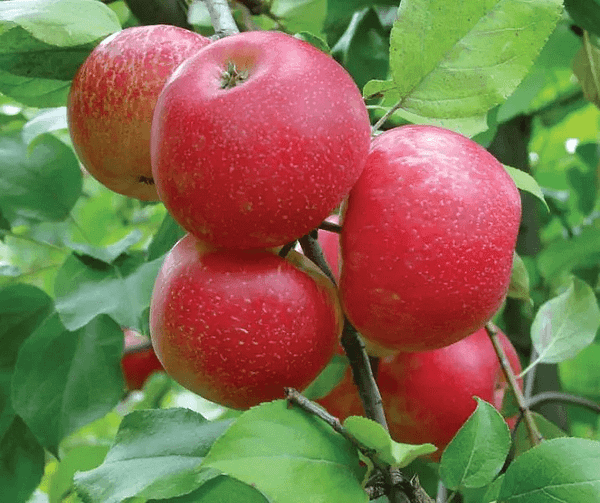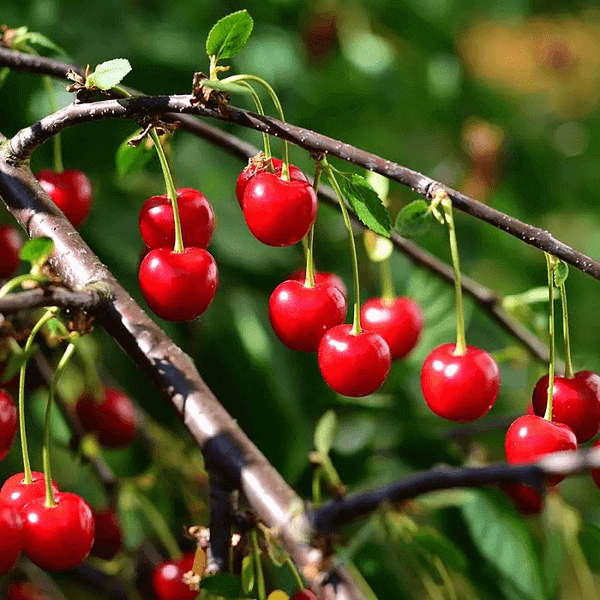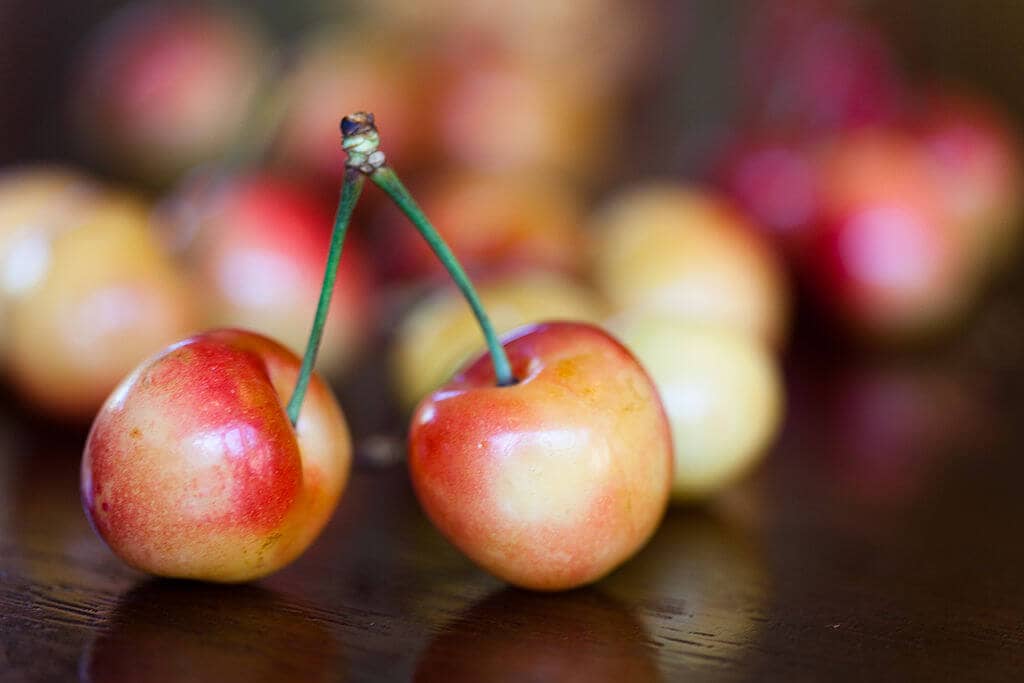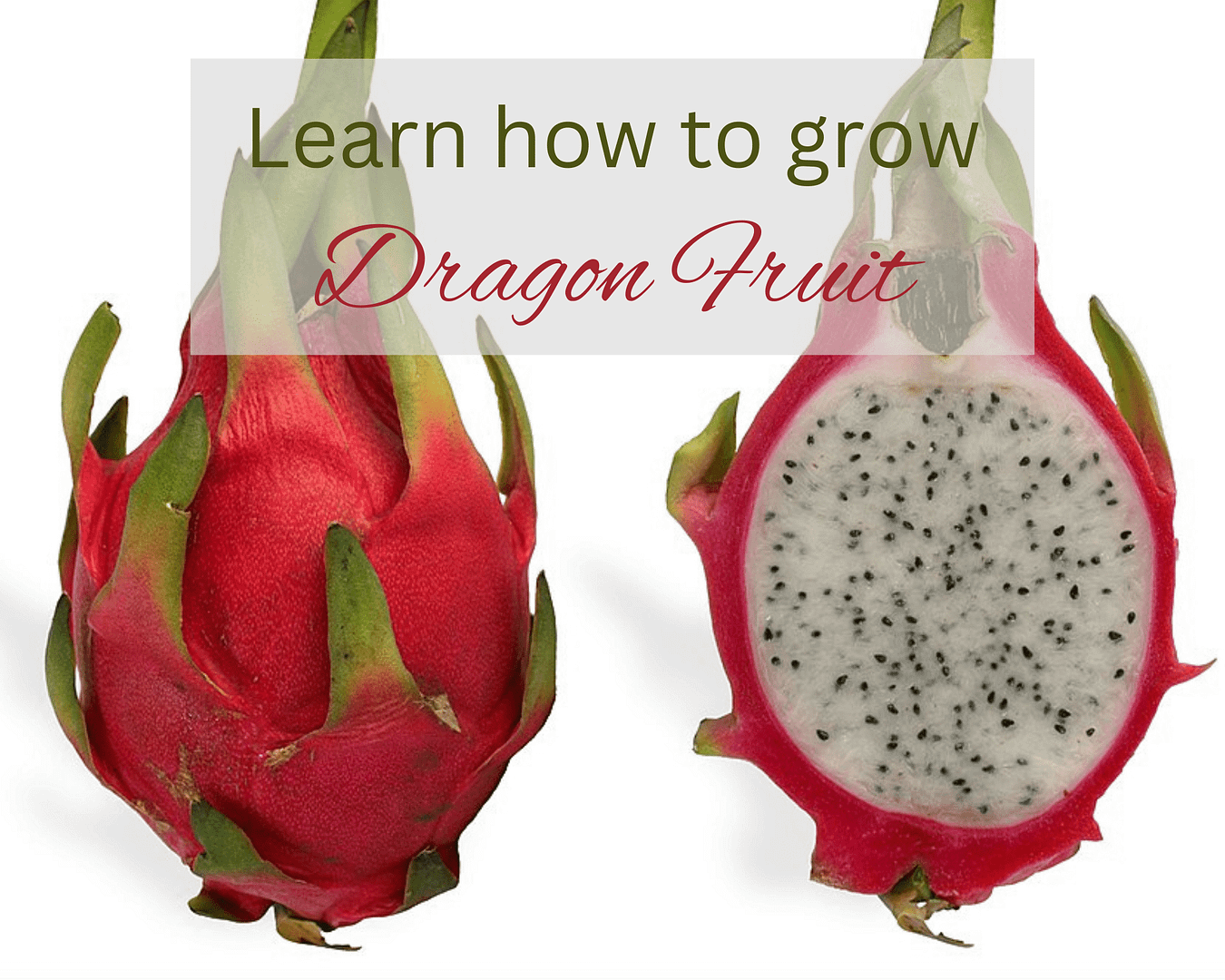This post may contain affiliate links. As an Amazon Associate we earn from qualifying purchases.
Think you can’t grow fruit in your chilly garden? Check out our two fruit trees for USDA Zone 3.
No, you probably can’t get citrus trees to thrive in your Zone 3 garden, but there are other trees that offer yummy fruit and that will grow amazingly well for you.
Today, we’ll dive into the details of successfully growing two types of fruit trees in your neck of the woods.
First, though, let’s get into the deets of this hardiness zone.
Understanding USDA Zone 3
First, are you sure that you live in this zone? The USDA has updated its zone map. Find out by entering your ZIP Code into our handy USDA zone finder.
In Zone 3, the summers are cool, with average highs in the 60-to-70 degree F (15-24°C) range, and frosts can occur well into late spring or early fall.
Therefore, one of the biggest challenges in finding fruit trees forUSDA Zone 3 is that they must be hardy enough to survive deep freezes and fast enough to produce fruit during the brief summer.
Also, sunlight is crucial for growing fruit trees. Make sure your planting spot gets at least six hours of sun each day during the growing season.
Ready to choose from among some of the fruit trees that thrive in USDA Zone 3?

Zone 3 apple trees
Apple trees are among the hardiest fruit trees you’ll find. Some of the best varieties for this zone include ‘Frostbite,’ ‘Haralson’, ‘Honeycrisp’ (only in the warmest parts of Zone 3), and ‘Wealthy.’ These trees are highly adaptable to cold and can thrive even with the limited growing season.
Mature size: Standard apple trees can reach 20 feet tall, but dwarf and semi-dwarf varieties are smaller, around 8 to 15 feet.
Time to fruit: Apple trees typically begin bearing fruit 4 to 7 years after planting, depending on the variety and conditions.
Sold in: Apples are usually sold as bare root, in containers, or occasionally balled and burlap.
Self-fertility: Most, but not all, apple trees need a pollinator. Honeycrisp pairs well with ‘Heralred‘ for cross-pollination. Crabapple is highly recommended as a pollinator for Haralson. ‘Wealthy’ apple trees are self-fertile.
Planting location: Apple trees prefer well-drained, loamy soil with a slightly acidic pH of 6.0 to 7.0. Need a pH meter? You’ll find a reasonably price one at Amazon.com. These trees also need full sunlight, ideally 6 to 8 hours per day.
Water needs: After planting, water the tree until the soil is moist 18 to 24 inches deep. Use a probe, such as a length of rebar or a bamboo stake, to insert into the soil to determine how deep the water has penetrated the soil.
Then, Let the top 2 to 3 inches of soil dry before watering again.
Fertilization: Fertilize in early spring, starting one year after planting. Use a fertilizer with an NPK of 10-5-5, applying once a year, at the rate indicated on the product label.
Common diseases: Apple scab (learn how to use dormant oil spray for scab) and fire blight are common. Organic sulfur sprays can help prevent apple scab, and copper-based fungicides work against fire blight (the active ingredient in Southern Ag’s product is approved for organic gardening). Check out our blog post: What is Copper Fungicide? How and when to use it.
Common pests: Codling moth and aphids can be problematic. Neem oil and insecticidal soap are effective organic treatments.
Harvesting: Apples are ready for harvest when they are firm and their color deepens. They should easily twist off the branch when mature.
Pet toxicity: Apple seeds contain cyanogenic glycosides, which can be toxic to pets if consumed in large quantities. However, the fruit itself is safe.

How about cherry trees for Zone 3?
Cherries, especially sour cherries, can withstand cold climates, making them suitable for Zone 3. ‘Montmorency’ and ‘Evans Bali’ are reliable varieties for this zone.
Mature size: Sour cherry trees can grow 15 to 20 feet tall.
Time to fruit: Cherries generally bear fruit 3 to 5 years after planting.
Sold in: Cherries are usually sold as bare root or in containers.
Self-fertility: Many sour cherries, like ‘Montmorency’ and ‘Evans Bali’ (both mentioned above), are self-fertile, meaning you don’t need a pollinator.
Planting location: Cherry trees need well-drained soil with a pH between 6.0 and 7.0. They require full sun.
Water needs: Water the tree until the soil is moist 12 to 18 inches deep. Allow the top 2 inches of soil to dry before watering again.
Fertilization: Apply a fertilizer with an NPK of 5-10-10 in early spring, starting one year after planting.
Common diseases: Leaf spot and cherry leaf curl are common. Use an organic copper spray to keep on top of these fungal diseases.
Common pests: Cherry fruit fly and aphids can be issues. Use sticky traps to monitor an infestation and neem oil for treatment.
Harvesting: Cherries are ready for harvest when they are firm and have turned a deep, rich color.
Pet toxicity: Cherry pits are toxic to pets due to cyanogenic compounds, but the flesh of the fruit is generally safe.
See? You can grow fruit trees in USDA Zone 3.
Mention of a fertilizer, fungicide or pesticide, or use of a fungicide, pesticide or fertilizer label, is for educational purposes only. Always follow the product’s label directions attached to the container you are using. Be sure that the plant you wish to treat is listed on the label of the pesticide you intend to use. If growing edibles, check the label for the number of days between pesticide application and when you can re-enter the area and/or harvest your crop.



